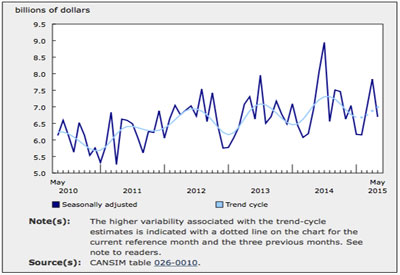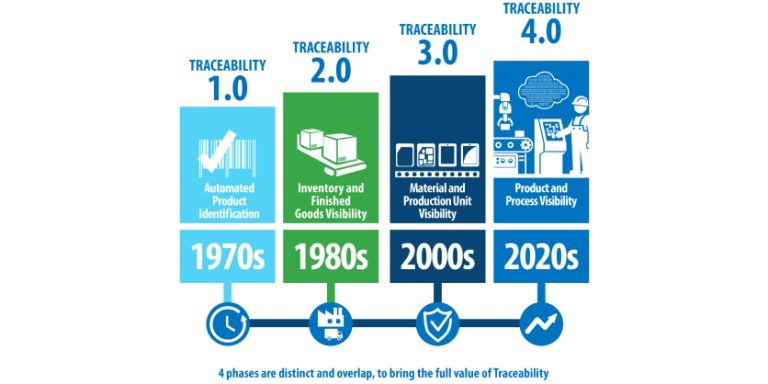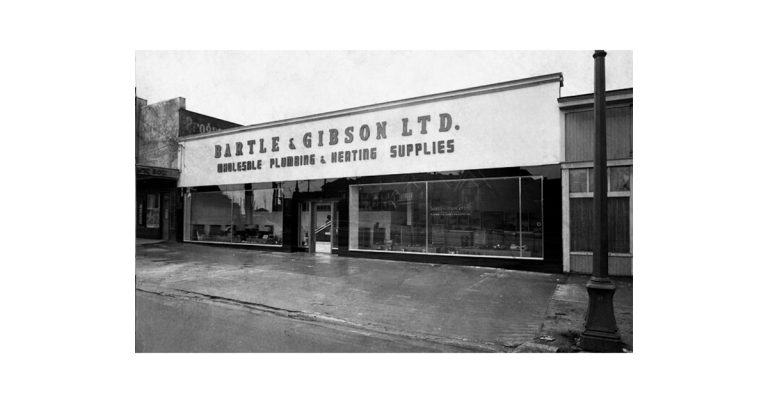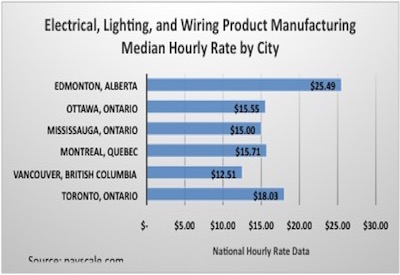The Internet of Things Is Far Bigger Than Anyone Realizes

May 2 2016
I should not be surprised, but during the last few weeks IoT has came up more than once. I did remember the term, but I did not realize the broad impact we are facing today and in the future. Therefore, I saw the need to expand my own knowledge and pass along some important points.
What Is the IoT?
The IoT links smart objects to the Internet. It can enable an exchange of data never available before, and bring users information in a more secure way.
British entrepreneur Kevin Ashton first coined the term in 1999 while working at Auto-ID Labs (originally called Auto-ID centres, referring to a global network of objects connected to radio-frequency identification, or RFID).
The Internet of Things (IoT) is the network of physical objects — devices, vehicles, buildings and other items —embedded with electronics, software, sensors, and network connectivity that enables these objects to collect and exchange data.
The IoT allows objects to be sensed and controlled remotely across existing network infrastructure, creating opportunities for more direct integration of the physical world into computer-based systems, and resulting in improved efficiency, accuracy and economic benefit when IoT is augmented with sensors and actuators. The technology becomes an instance of the more general class of cyber-physical systems, which also encompasses technologies such as smart grids, smart homes, intelligent transportation and smart cities. Each thing is uniquely identifiable through its embedded computing system, but is able to interoperate within the existing internet infrastructure. Experts estimate that the IoT will consist of almost 50 billion objects by 2020.
As well as the expansion of Internet-connected automation into a plethora of new application areas, IoT is also expected to generate large amounts of data from diverse locations, with the consequent necessity for quick aggregation of the data, and an increase in the need to index, store, and process such data more effectively. IoT is one of the platforms of today’s Smart City, and Smart Energy Management Systems.
Daniel Burrus, founder of Burrus Research, had the following statements.
The Internet of Things revolves around increased machine-to-machine communication; it’s built on cloud computing and networks of data-gathering sensors; it’s mobile, virtual, and instantaneous connection, and they say it’s going to make everything in our lives from streetlights to seaports “smart.”
But here’s what I mean when I say people don’t think big enough. So much of the chatter has been focused on machine-to-machine communication (M2M): devices talking to like devices. But a machine is an instrument, it’s a tool, it’s something that’s physically doing something. When we talk about making machines “smart,” we’re not referring strictly to M2M. We’re talking about sensors.
A sensor is not a machine. It doesn’t do anything in the same sense that a machine does. It measures, it evaluates; in short, it gathers data. The Internet of Things really comes together with the connection of sensors and machines. That is to say, the real value that the Internet of Things creates is at the intersection of gathering data and leveraging it. All the information gathered by all the sensors in the world isn’t worth very much if there isn’t an infrastructure in place to analyze it in real time.
Cloud-based applications are the key to using leveraged data. The Internet of Things doesn’t function without cloud-based applications to interpret and transmit the data coming from all these sensors. The cloud is what enables the apps to go to work for you any time, anywhere.
I should not be surprised but there are quite a few articles from the Insurance world. The insurance companies have the following concerning iOT that were contained in a Donald Light article.
• Drive customer satisfaction: strengthen the customer-insurer relationship through new products, better customer engagement and value added services
• Unlock new sources of revenue: get to grips with the innovative business models that harness IoT to generate new revenue streams
• Deliver more accurate risk assessment: mobilize the granularity of IoT data to inform the underwriting process and better price risk
• Provide enhanced risk management services: move from restitution to prevention and become a trusted partner that works together with customers to mitigate risk
• Reduce the severity and frequency of claims: discover how the continuous monitoring of risk and real-time loss control can reduce loss costs
How does this impact you?
Jacob Morgan, a keynote speaker, author (most recently of The Future of Work), and futurist, has the following interesting analysis.
The new rule for the future is going to be, “Anything that can be connected will be connected.” But why on earth would you want so many connected devices talking to each other? There are many examples for what this might look like or what the potential value might be. Say for example you are on your way to a meeting; your car could have access to your calendar and already know the best route to take. If the traffic is heavy your car might send a text to the other party notifying them that you will be late. What if your alarm clock wakes up you at 6:00 a.m. and then notifies your coffee maker to start brewing coffee for you? What if your office equipment knew when it was running low on supplies and automatically re-ordered more? What if the wearable device you used in the workplace could tell you when and where you were most active and productive, and shared that information with other devices that you used while working?
The reality is that the IoT allows for virtually endless opportunities and connections to take place, many of which we can’t even think of or fully understand the impact of today. It’s not hard to see how and why the IoT is such a hot topic today; it certainly opens the door to a lot of opportunities but also to many challenges.
Security is a big issue that is oftentimes brought up. With billions of devices being connected together, what can people do to make sure that their information stays secure? Will someone be able to hack into your toaster and thereby get access to your entire network? The IoT also opens up companies all over the world to more security threats.
Then we have the issue of privacy and data sharing. This is a hot-button topic even today, so one can only imagine how the conversation and concerns will escalate when we are talking about many billions of devices being connected. Another issue that many companies specifically are going to be faced with is around the massive amounts of data that all of these devices are going to produce. Companies need to figure out a way to store, track, analyze and make sense of the vast amounts of data that will be generated.
Bottom line: we all need you be prepare for additional changes in our own business models concerning IoT.
Paul Eitmant is President and CEO of IP Group International, which serves the needs of business-to-business enterprises in over 30 countries worldwide by adding specialized expertise to the business planning and implementation process; Tel: 480.488.5646; paulipgroup@cox.net.
Read more from Paul Eitmant in CEW:
– The Cost of Bad Leaders
– NAFTA Still a Good Show
– On Being an Effective Coach
– The Biggest Risks to Canada’s Economy In 2015 and Beyond
– Networks and Lighting Standards – Follow Up – One Year later
– How Healthy is Your Business?
– Social Media: Is It the Future for the Electrical Industry?
– Customer Service: A Key to Success
– The Right Price to Get the Order — the Last Look
– The Good Old Boys Club “Changing of the Guard”
– Who’s Next Within North America’s Electrical Distributor Channel?
– Generation Y – Next Generation – Never to old to Learn!
– LEDs: the Fastest Growing Product/Market for 2015











